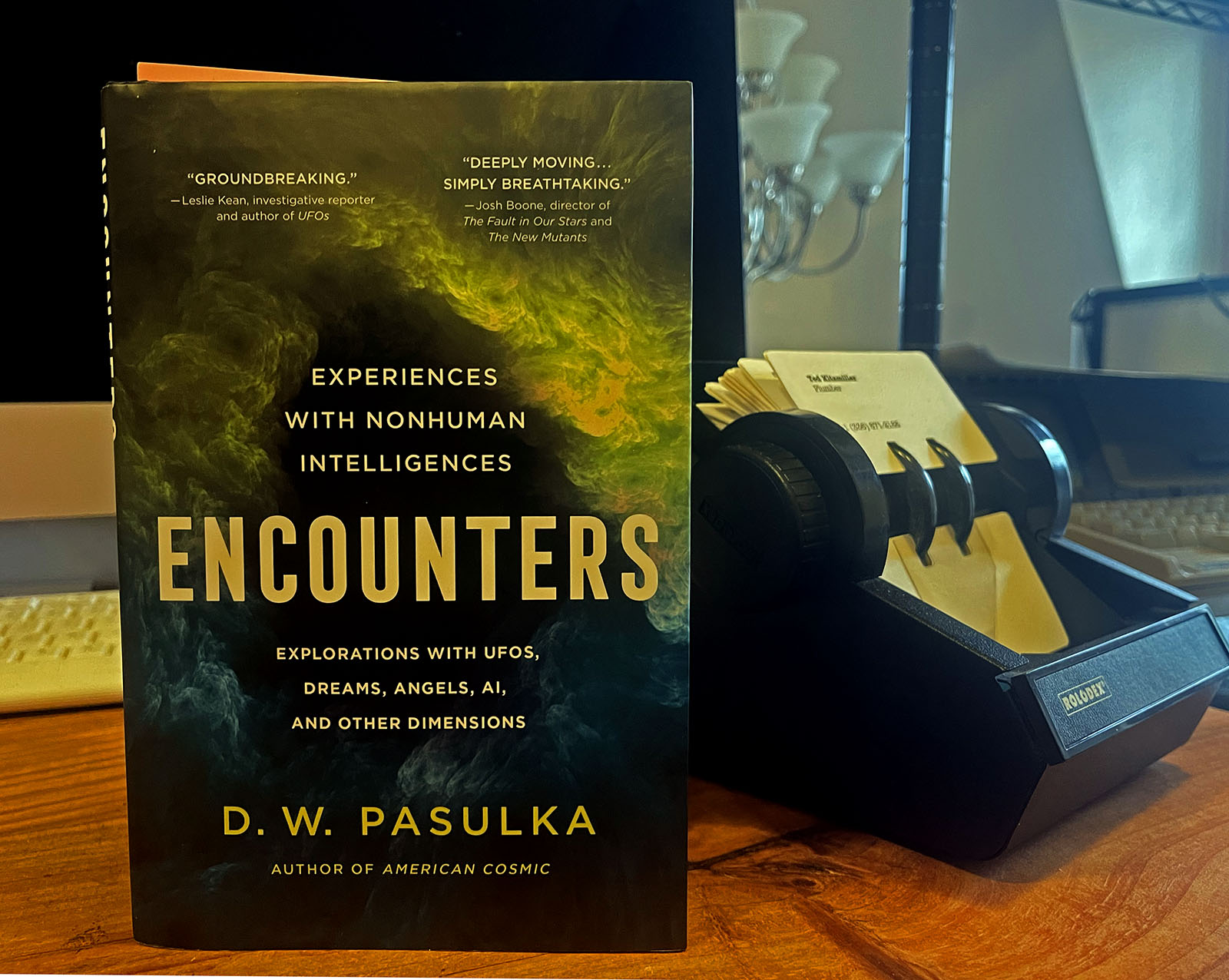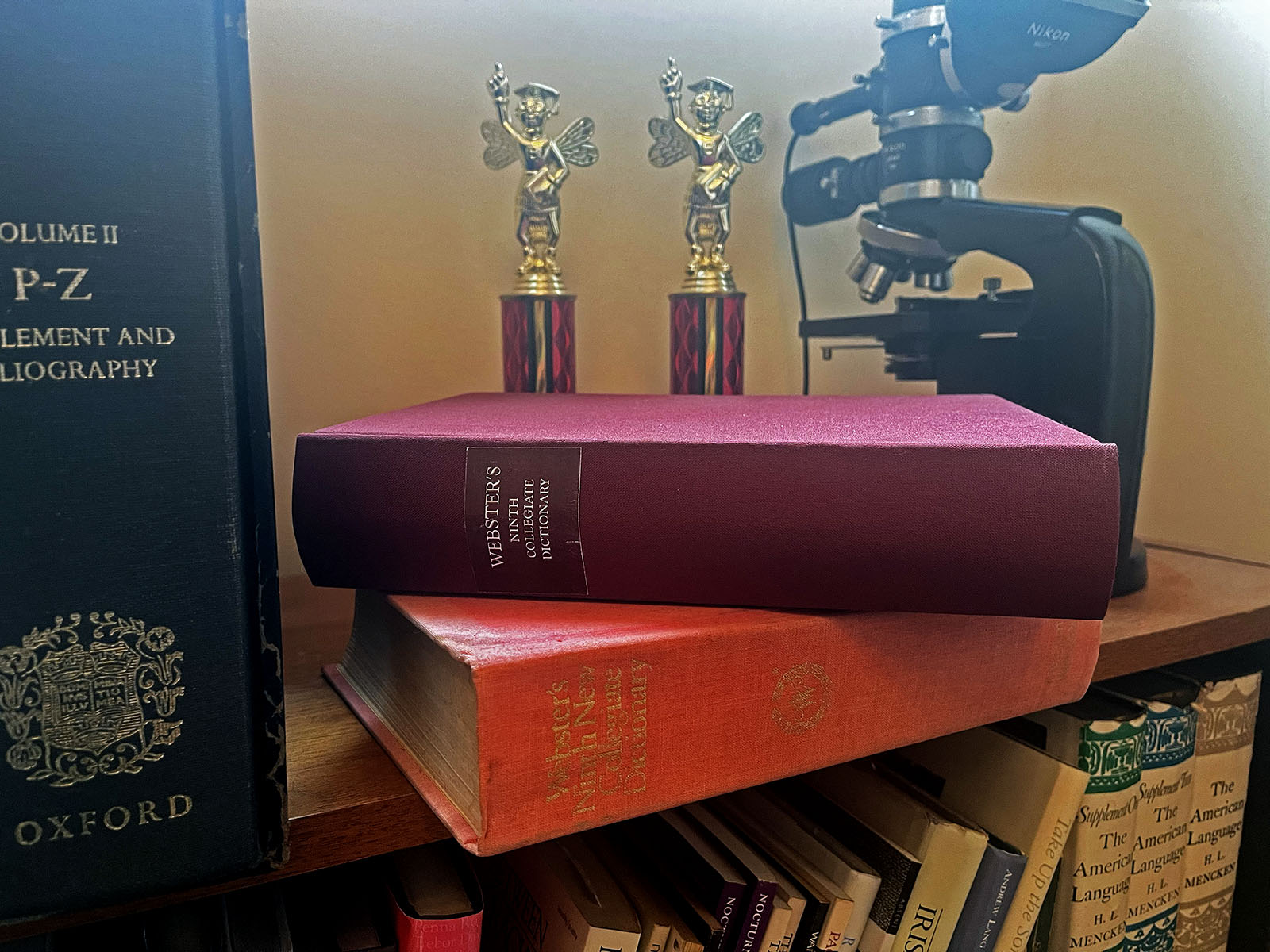
Existential Physics: A Scientist’s Guide to Life’s Biggest Questions. Sabine Hossenfelder, Viking, 2022. 248 pages.
Physicists, I suspect, come in two flavors.
The first flavor, lacking imagination, are a little too quick to tell us what is impossible. Maybe they are more interested in understanding what we confidently know than in bravely expanding the boundaries of what we confidently know. Sabine Hossenfelder, I suspect, is such a physicist. She is popular on YouTube. No doubt she has helped many non-physicists better understand physics. But it would be very surprising if she ever discovers, or even hypothesizes, anything new. She just doesn’t seem to be wired that way.
The second flavor of physicists are driven by a burning curiosity. They know what we confidently know just as well as the first flavor. But they apply their efforts to trying to penetrate the mysteries of what we don’t know. The big mysteries today are in theoretical physics, which has been stuck for a century, mainly because no one has yet figured out what gravity is and how gravity fits with the well-supported theory of quantum mechanics.
Albert Einstein famously said, “Imagination is more important than knowledge.” What he meant by that is frequently misunderstood. He is not belitting the importance of knowledge. He is talking about the process of how new knowledge is acquired. (I’m appending Einstein’s quote, in context, at the bottom of this post. It comes from an interview with the Saturday Evening Post in 1929.)
In science, the word speculative is not a dirty word as long as the speculation is consistent with what is confidently known, and as long as the speculation is testable. That’s pretty much the definition of hypothesis, after all. Some scientific discoveries may fall into our laps as accidents and serendipity. But other scientific discoveries start as speculation — a hypothesis — that, when tested, passes the test.
I was charmed by the two pages at the beginning of the book with the heading “A warning.” Hossenfelder writes: “I want you to know what you are getting yourself into, so let me put my cards on the table up front. I am both agnostic and a heathen. I have never been part of an organized religion and never felt the desire to join one.”
In that way, at least, she and I are kindred spirits. I often refer to myself as a heathen, though I avoid the word agnostic because of a certain freight it carries. The freight that goes with the word heathen, however, I very much embrace. The word refers, of course, to a heath — rough, uncultivated land, almost always associated with Britain, where heather and gorse grow. Heathen was an insult, like hayseed, or hick — ignorant people who lived in forsaken places and who stubbornly held out against imperial religions such as Christianity.
This book then, is devoted to telling us whether some popular beliefs are, or are not, consistent with physics as we currently understand it.
Her first question is about whether the past still exists. Someone asks her this question, actually, in a somewhat different way. He asks whether there is some reality in which his grandmother is still alive. This question is all tied up with something that is just as mysterious as gravity — time. Her answer here may be surprising to some people. But it’s important, because most of us underappreciate just how strange contemporary physics is. She concludes:
“According to the currently established laws of nature, the future, the present, and the past all exist in the same way…. There is nothing in these laws that distinguishes one moment of time from any other. The past, therefore, exists in just the same way as the present. While the situation is not entirely settled, it seems that the laws of nature preserve information entirely, so all the details that make up you and the story of your grandmother’s life are immortal.”
She takes on other questions, such as: Why does time move in only one direction? Are there “many worlds,” with copies of ourselves in those other worlds? Do we have free will? Is the universe conscious?
I have listened to smart people endlessly debating the matter of free will. Such discussions are almost as unbearable to me as discussions about religious doctrine. I am very much rooting for the case that we do have free will. That case, though, is strongly tied up in the question of what consciousness is, and whether consciousness has some mysterious relationship to the unpredictably of quantum mechanics — specifically, what physicists refer to as “the collapse of the wave function.” (Think Schrödinger’s cat.)
You knew I was going to mention Roger Penrose, didn’t you?
Hossenfelder of course describes Penrose’s ideas about consciousness and how consciousness arises from quantum activity inside the brain. She evens interviews Penrose at Oxford. Her conclusion about Penrose’s hypotheses: It is “highly speculative, … but at present it is compatible with what we know.”
Penrose’s hypotheses, by the way, closely relate to other ideas such as panpsychism and whether the universe is conscious. Hossenfelder’s conclusion about whether the universe is conscious: “It’s a speculative hypothesis, but if it’s correct, then the universe might have enough rapid-communication channels to be conscious.”
If Penrose is right about how consciousness arises in the brain, then it’s a very safe bet that the universe is conscious.
My guess is that many people who derive their existential comforts from religion would abandon religion and embrace physics, if they knew more about physics. As I see it, it is 100 percent guaranteed that religious doctrine about the nature of our being and the nature of the universe are completely wrong. Thus I am a heathen. Religion, though, provides susceptible people with the comfort of certainty, through a concept that I detest: faith. I’m sure I’m not the only person who finds religious faith horrifying, since I’m also a person who finds religion to be completely wrong.
With physics, there is no certainty. We must admit what we don’t know, that there are things we will certainly not know in our individual lifetimes, and probably even things that human beings will never know. If you can live with the uncertainty, and if you can appreciate hypotheses (such as Penrose’s) that would show the universe to be quite a magical place, then physics — not religion or agnosticism — is the way to go.
From Albert Einstein’s interview with the Saturday Evening Post in 1929:
Einstein: “I believe in intuitions and inspirations. I sometimes feel that I am right. I do not know that I am. When two expeditions of scientists, financed by the Royal Academy, went forth to test my theory of relativity, I was convinced that their conclusions would tally with my hypothesis. I was not surprised when the eclipse of May 29, 1919, confirmed my intuitions. I would have been surprised if I had been wrong.”
Post: “Then you trust more to your imagination than to your knowledge?”
Einstein: “I am enough of the artist to draw freely upon my imagination. Imagination is more important than knowledge. Knowledge is limited. Imagination encircles the world.”














